[smbtoolbar]
The ability to attend to tasks is an important element of learning in the school. Children with Autism Spectrum Disorder (ASD) or Attention-Deficit Hyperactive Disorder ADHD) often manifest attentional difficulties. Changing the learning environment has been proposed as a possible solution. And one way of doing this is via the use of therapy balls as classroom seating.
As such SeekFreaks looked this week for research relating to the use of therapy balls as classroom seating. We did not find any systematic reviews; so, what we will do is list and describe the results found in different studies. Note that the research cited below focused mainly on the effect of therapy ball seats to student’s behavior and performance. It is, of course, possible that therapy balls have other effects that have not been studied yet.
~~~~~~~~~~ 0 ~~~~~~~~~~
Children with Autism Spectrum Disorder (ASD)
Schilling and Schwartz (2004) used a single subject design on 4 make students with ASD ages 3 yr 11 mos to 4 yr 2 mos. Students sat on a therapy ball for 5-10 minutes a day during circle time. They found substantial improvements in in-seat behavior and engagement across all 4 subjects. In-seat behavior was described as “any portion of the participants’ buttocks in contact with the ball, the ball in contact with the floor, and a minimum of 1 foot in contact with the floor.” Engagement was defined as “student oriented towards the appropriate classroom activity such as instructional materials, activity or teacher and either interacting with the materials, responding to the speaker, or looking at the speaker. In group activities, student was oriented and responding to the peers in the activity.”
Bagatell, et al (2010) on the other hand, studying 6 male students in Kindergarten to 1st grade, found a different result. Each child responded differently. Utilizing the Sensory Processing Measure (SPM) to classify the sensory needs of the subjects, they found that the ball appeared to have a positive effects only on the child with vestibular-proprioceptive seeking behavior. In contrast, children with postural instability were less engaged while sitting on the therapy ball.
Children with Attention-Deficit Hyperactive Disorder (ADHD)
In contrast, studies on children with ADHD consistently found improved in-seat and engagement using the therapy ball as seating. Schillng, et al (2003) even found improved legible word productivity among 3 students studied. Fedewa and Erwin (2011) studied 8 children with attentional difficulties (5 diagnosed with ADHD), and noted that students improved in-seat behavior from an average of 45% to 94% of the time; and, on-task behavior improved from an average of 10% to 80% of the time.” Wow those are big differences. Both studies ascribed the improvement to the students abilities to be more active on the ball, enabling them to “self-modulate” their personal sensory needs.
Kercood and Banda (2012) studied the listening comprehension of 2 male and 2 female students (10-12 years old). Subjects listened to short stories while either (a) sitting on regular chair; (b) sitting on a regular chair and doodling; and (c) sitting on exercise ball instead of chair. After listening students completed multiple choice question sheets. They found improved comprehension with either doodling or sitting on the therapy ball. They attributed the improvement to the Optimal Stimulation Theory (OST). Their article explains that “OST hypothesizes that organisms will initiate stimulation-seeking activity to achieve a stimulatory state that might be described as homeostasis.” The addition of stimulation via doodling on sitting on the therapy ball provided the students the OST they require “for improved task performance and reduced disruptive behaviors.”
Wu, et al (2012) went one step further by measuring the EEG of children with ADHD and children with typical development (TD) while performing an auditory task. While the EEG showed significantly longer P300 latency for the children with ADHD compared to children with TD while sitting on a regular chair, the difference narrowed and became insignificant when they were sitting on a therapy ball. Whether the reason can be ascribed to sensory integration or optimal stimulation theory (don’t the 2 as they apply to this topic sound very similar, anyway?!), the authors were able to show physiologically that the reaction time of children with ADHD significantly improved while sitting on a therapy ball.
Children with Typical Development (TD)
Fedewa, Davis and Ahn (2015) proceeded to study using random-controlled trial (RCT) the use of therapy balls in general education classrooms to 2nd grade children with TD. They found no differences in on-task behavior and achievement of either the treatment or control groups, despite the treatment group utilizing the therapy ball for 9 months. They concluded that use of therapy balls as seating is not a great use of resources for general education classrooms with children with TD. Simlarly, Erwin et al (2016) found no difference in on-task behavior of 4th graders with TD despite use of therapy balls as seating.
How About Seat Cushions?
Are seat cushions effective in improving in-seat behavior? We found only 2 studies. Just like above, Pfeiffer, et al (2008) in a n RCT found it effective for children with ADHD who sat on the cushion all day for 2 weeks. On the other hand, Umeda and Deitz (2011) found no clinically relevant changes in in-seat or on-task behaviors of the 2 students with ASD they studied. They concluded that “therapy cushions may not impose sufficient postural demands or provide adequate sensory input to produce behavioral changes” in children with ASD.
~~~~~~~~~~ 0 ~~~~~~~~~~
SeekFreaks Takeaways
To be sure, the generalizability of many of these studies may be limited due to the small numbers of subjects. However, there are still some preliminary lessons that can be learned.
STEP 1: Carefully select which student will use therapy ball as seating.
- Use for children with ADHD is supported by more studies. Children in these studies were able to improve their on-task behavior and engagement via the movement offered by the use of therapy balls and in one case, by therapy cushions.
- Use for children with ASD is not as well supported. Bagatell, et al (2010) explained that this may be due to the heterogenous presentations of children with ASD. If I were to try therapy ball on children with ASD, I would start with a child who seek vestibular and proprioceptive input.
- Use for children with TD is not supported. I would like to see this as glass half full. This means that we can wisely use our often limited resources with children who can benefit from it the most (i.e., children with ADHD or attentional problems).
STEP 2: Decide whether you will use a therapy ball or cushion. While there are more studies for therapy balls, cushions appear less intrusive. Consider also the cost.
|
Sponsored Content Check out these therapy ball seating options from School Specialty. |
STEP 3: Set goals with the teacher.
- Are you introducing the therapy ball to improve in-seat behavior?
- To improve engagement?
- To improve listening comprehension?
- To improve legible word production?
STEP 4: Determine with the teacher the best time to use the therapy ball or cushion to achieve the selected goal.
- Is it right after recess, when student typically displays decreased in-seat behavior?
- Is it during circle time when engagement needs to be at its highest?
- Is it during journal writing?
- It is reasonable to use it all day?
STEP 5: Then start measuring the baseline and progress. Observe their actual performance in the classroom – the real environment! Not in the therapy room. Is the student progressing on the goal set using the therapy ball or seat cushion? Refer to the studies cited above to get some ideas on ways to measure performance. Create a chart to illustrate progress graphically.
Additional suggestion: When implementing the use of therapy balls, you can follow the protocol often used in the studies cited above:
- Classroom staff verbally cues student to use the therapy ball safely
- Student is “allowed to bounce or move on the balls as long as the staff considered the movement safe.” (Bagatell, et al, 2010)
STEP 6: Once proven that it works for a particular student you may select to add the therapy ball or cushion on the student’s IEP to ensure that it is provided to the child as he/she moves from one grade level to another. If it does not help the child achieve the established goal, try something else.
~~~~~~~~~~ 0 ~~~~~~~~~~
Have you used therapy balls as classroom seating? How did you decide to use it? How did you monitor its use? Did it help the child achieve their goals?
Have you used a therapy ball for reasons other than those explored by the studies above?
Are there other types of ball chairs that you have used and found to be effective?
~~~~~~~~~~ 0 ~~~~~~~~~~
Readers of this article also read:
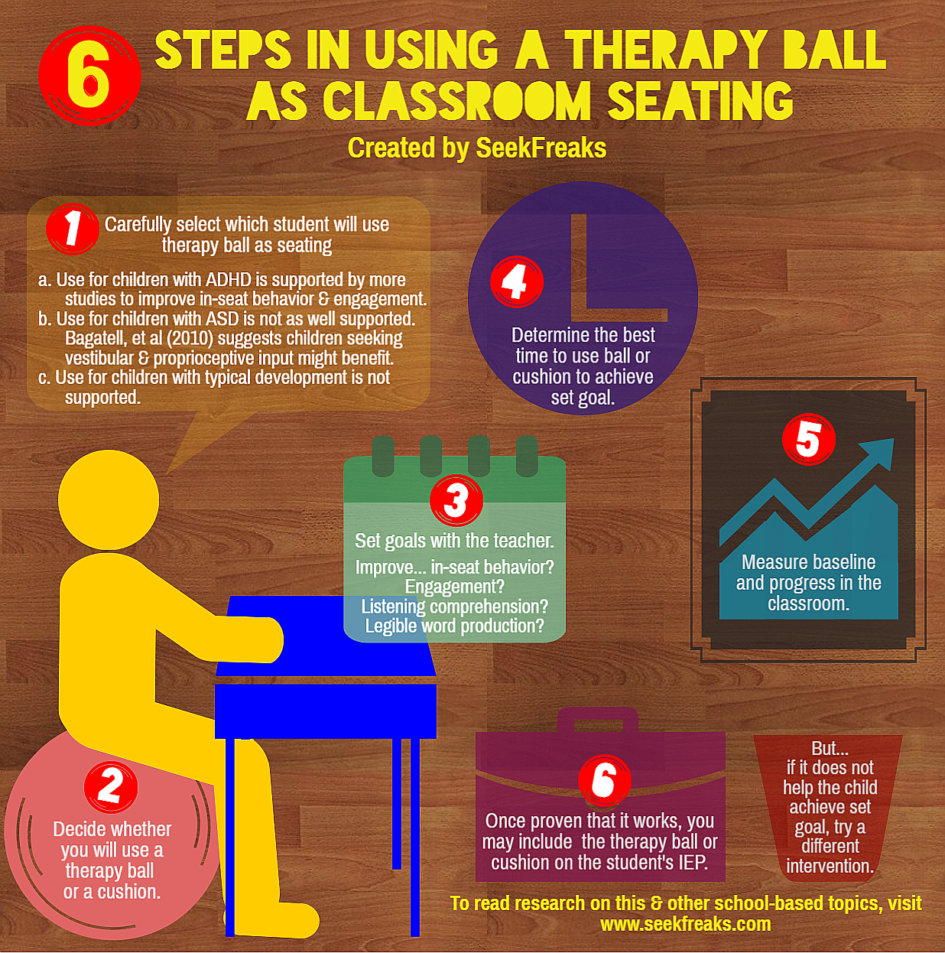
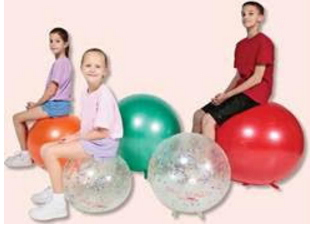
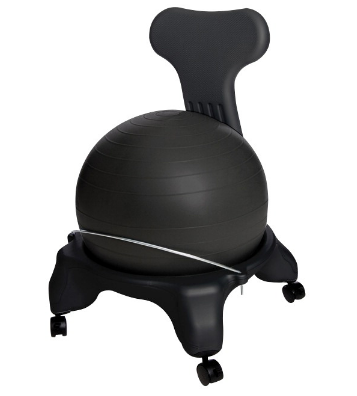
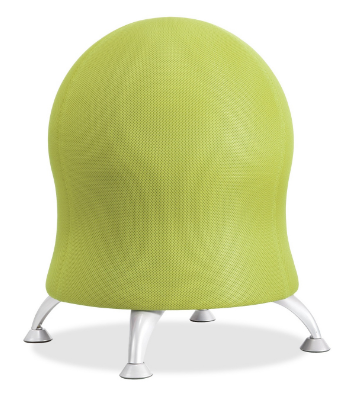
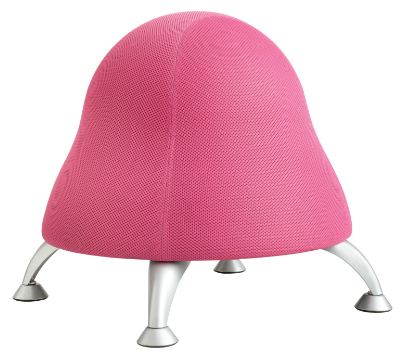










March 15, 2017 at 1:11 pm
Thank you so much for the great visual about this systematic approach! Karen
March 15, 2017 at 5:30 pm
Thanks, Karen! I’m glad it’s helpful. I’m a very visual person too, and like putting my ideas in diagrams, charts, graphs, anything visual!
January 3, 2024 at 10:28 pm
lg889c